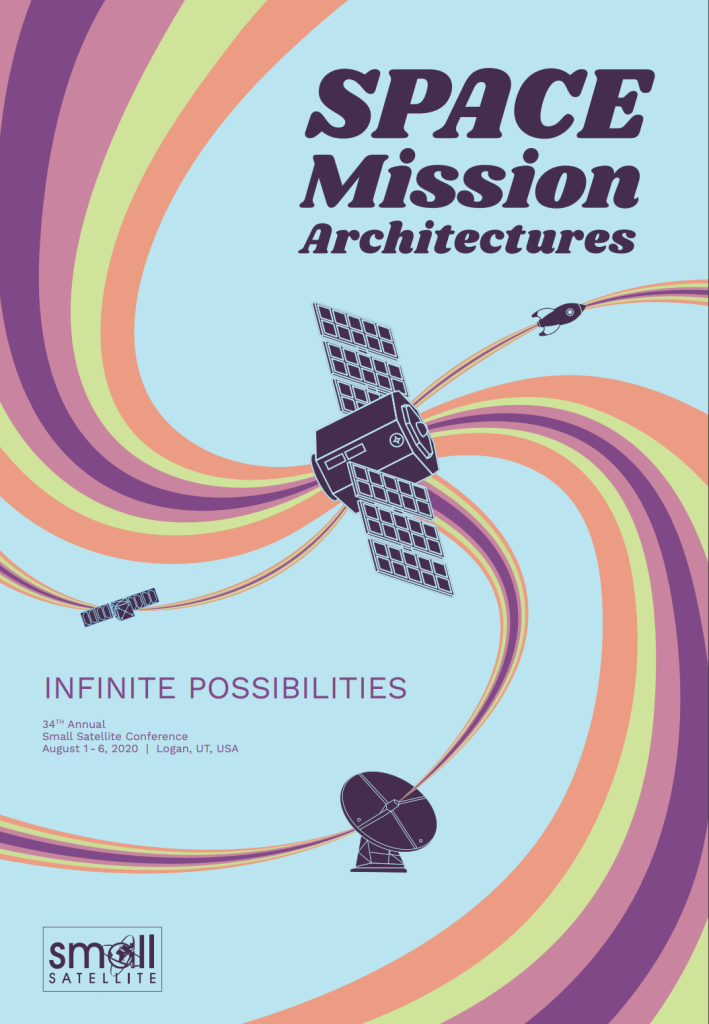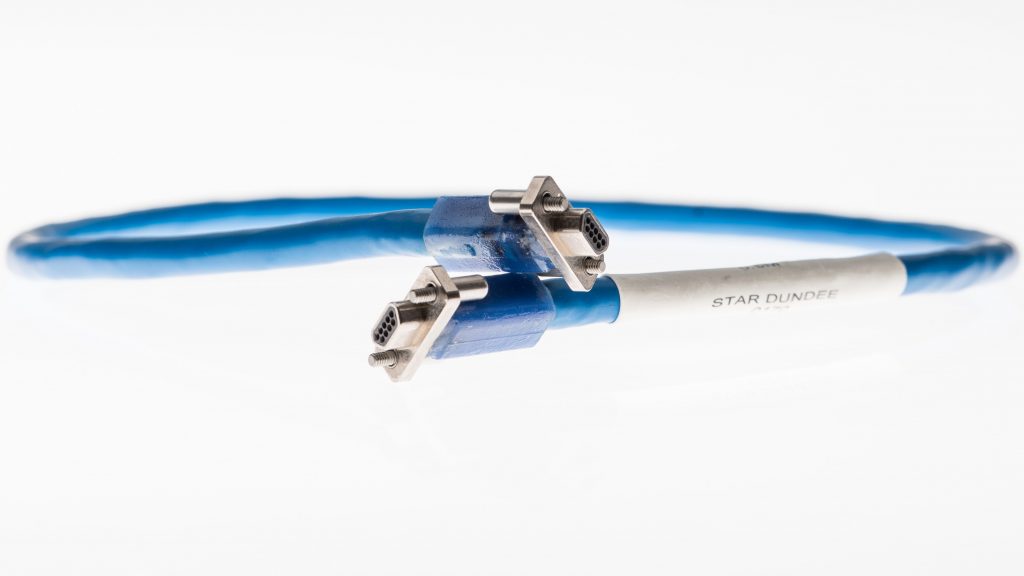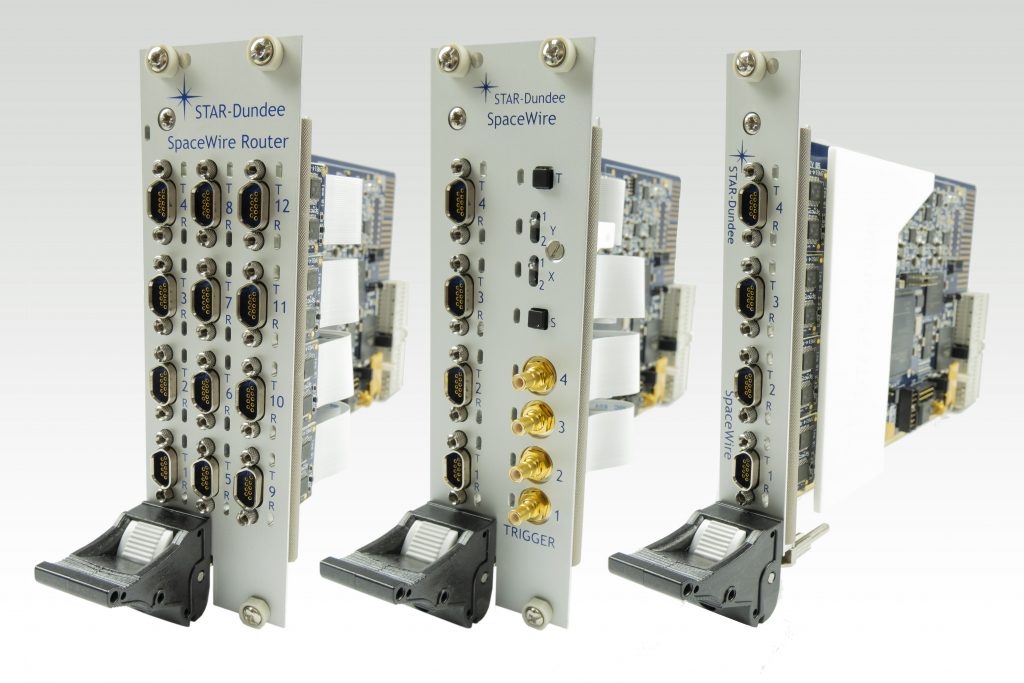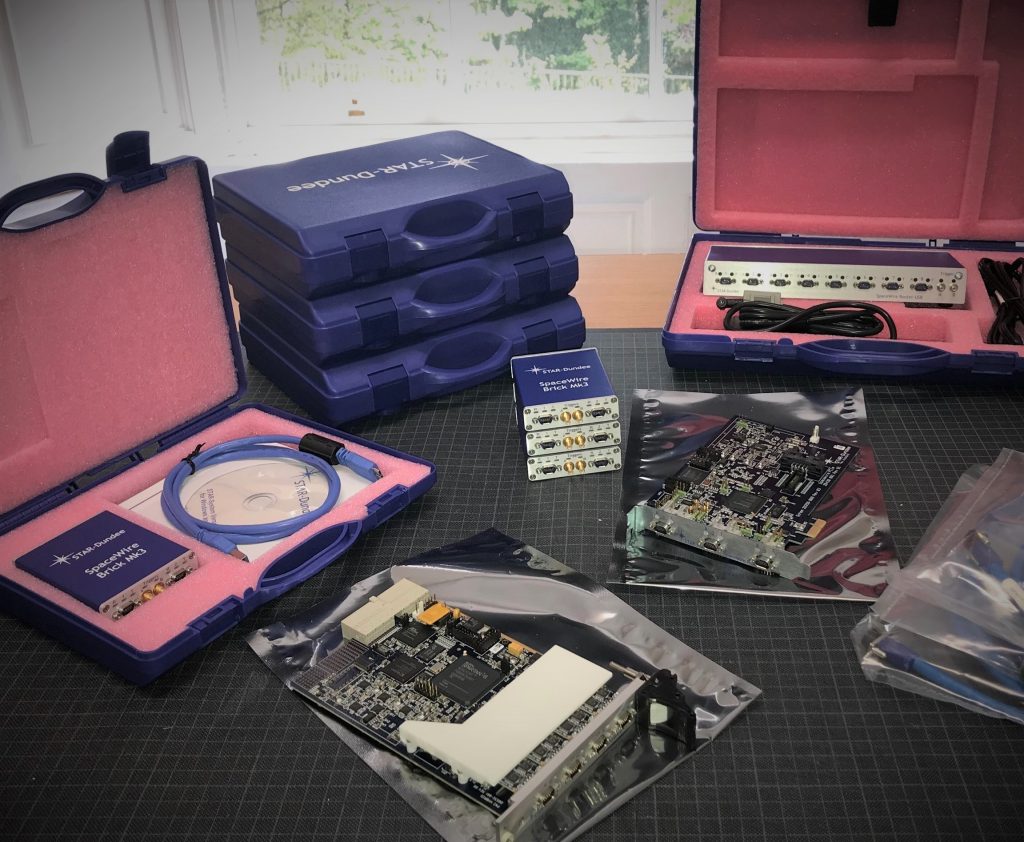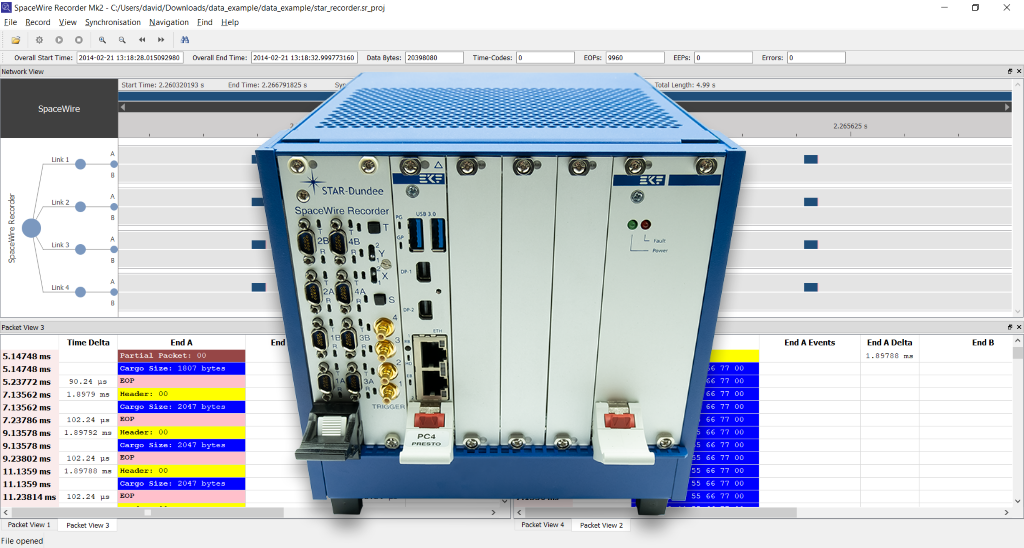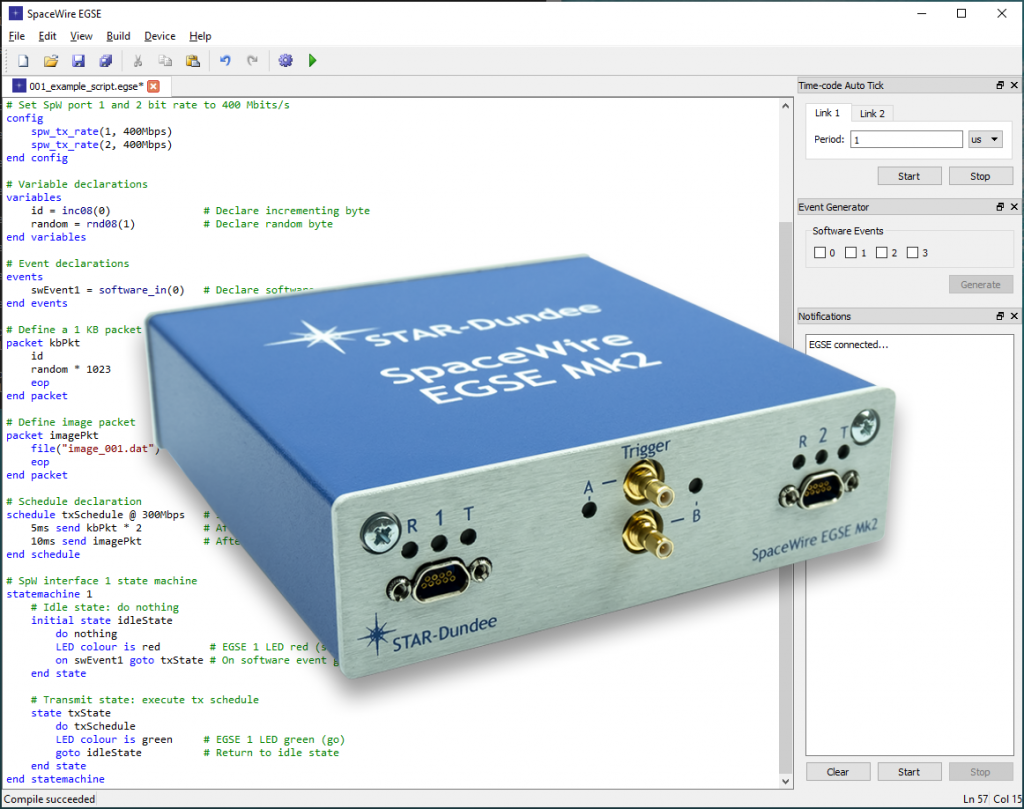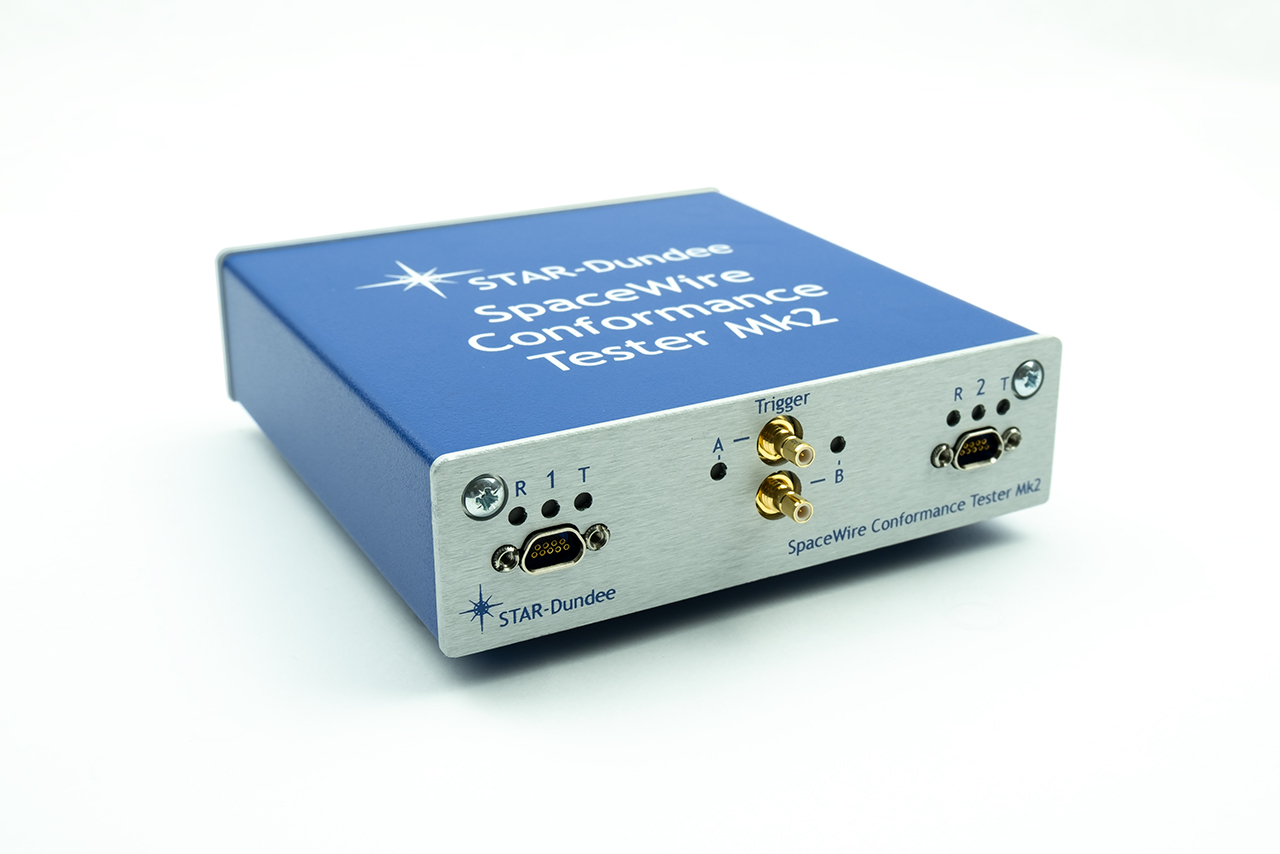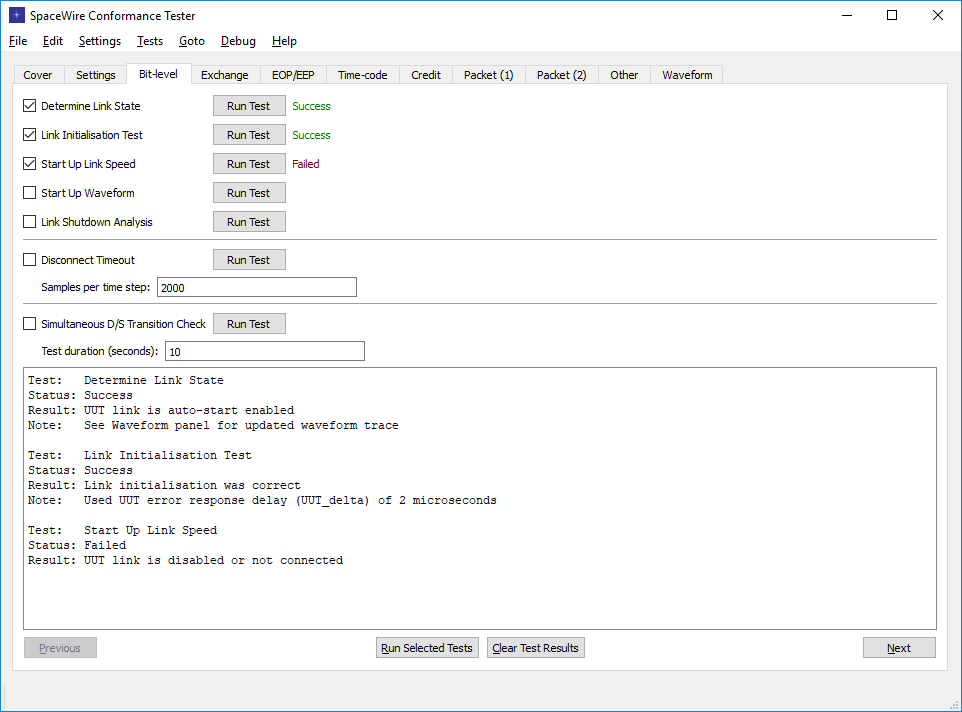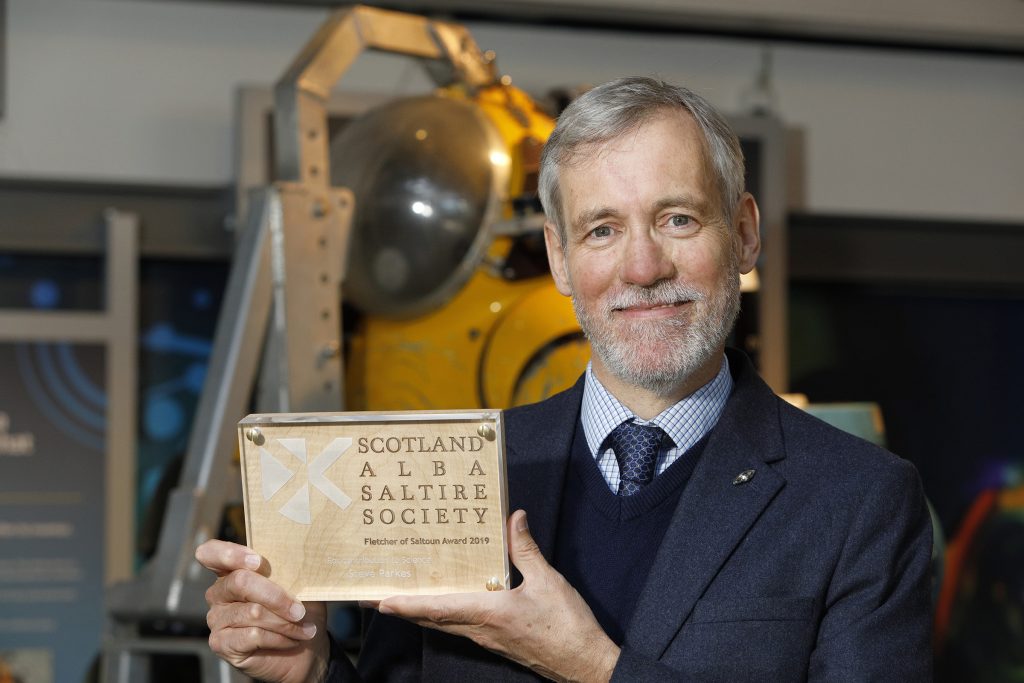The 2020 edition of the Small Satellite Conference is being held virtually and our participation will include virtual demonstrations of some of our new and existing products every day of the conference. You can find more details on our Live Events page, but the demonstrations will be as follows:
- Monday, 3rd August: Introduction to STAR-System for LabVIEW
- Tuesday, 4th August: STAR-Ultra PCIe: Multi-Lane SpaceFibre Interface and Link Analyser
- Wednesday, 5th August: SpaceWire Link Analysis with the Link Analyser Mk3
- Thursday, 6th: SpaceWire Development and Test with The New Brick Mk4
These demonstrations will take place at 4pm British Summer Time/9am Mountain Daylight Time. Later in each day (6pm BST/11am MDT) we will be hosting an open question and answer session where you can drop in to speak to our engineers or listen to the discussion.

